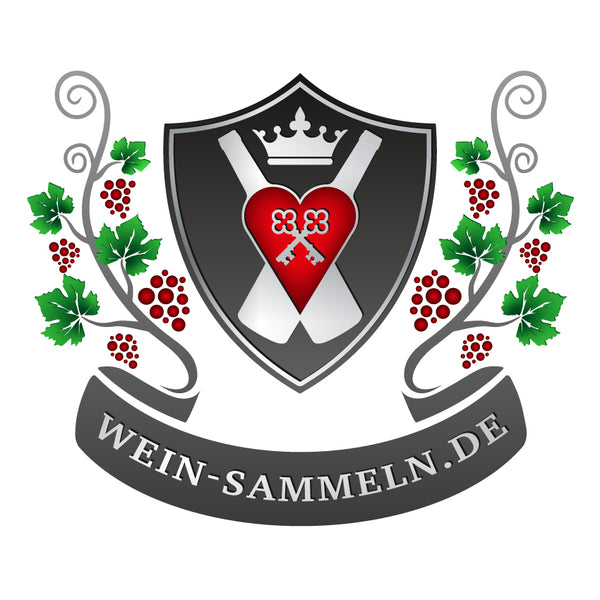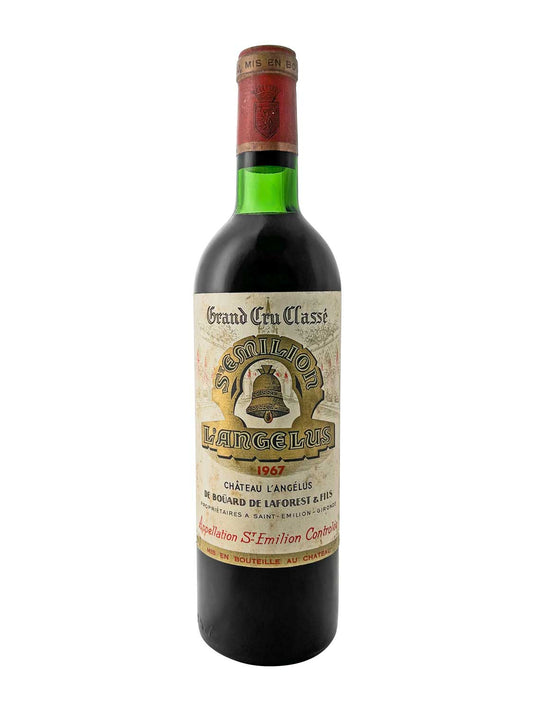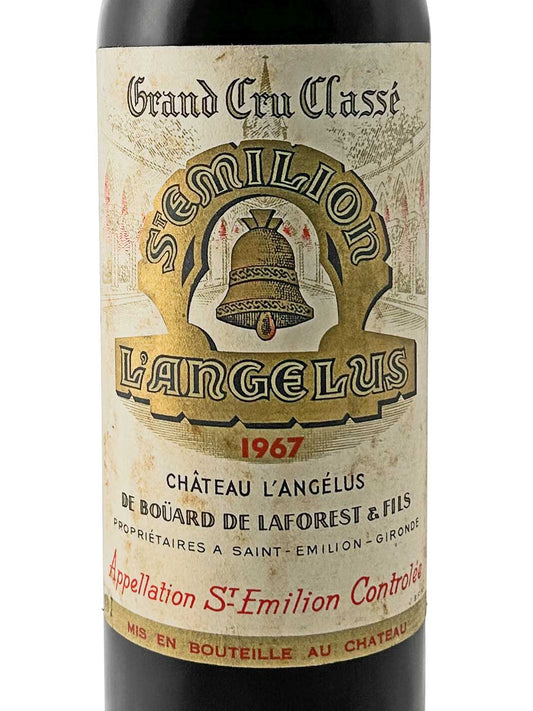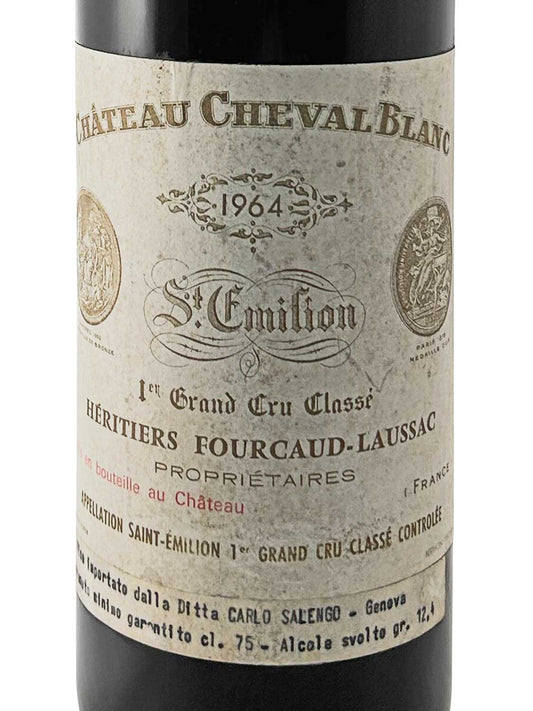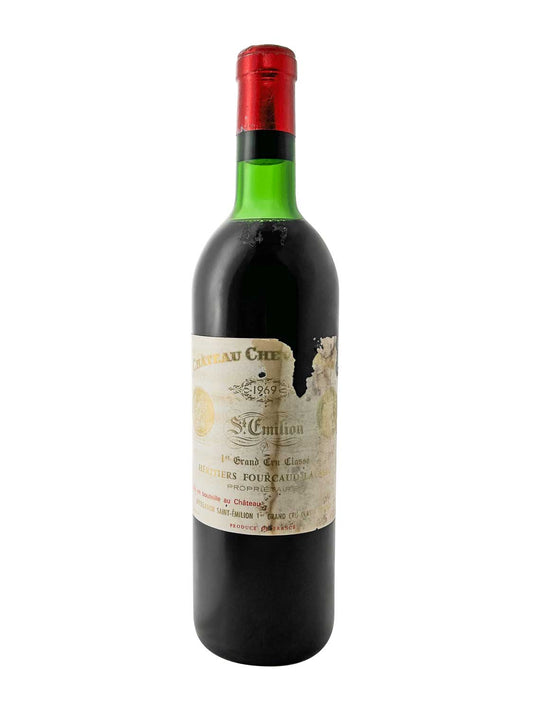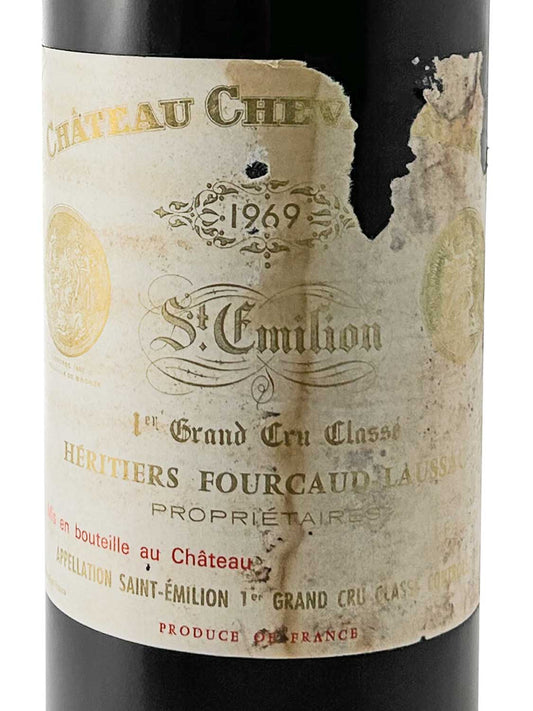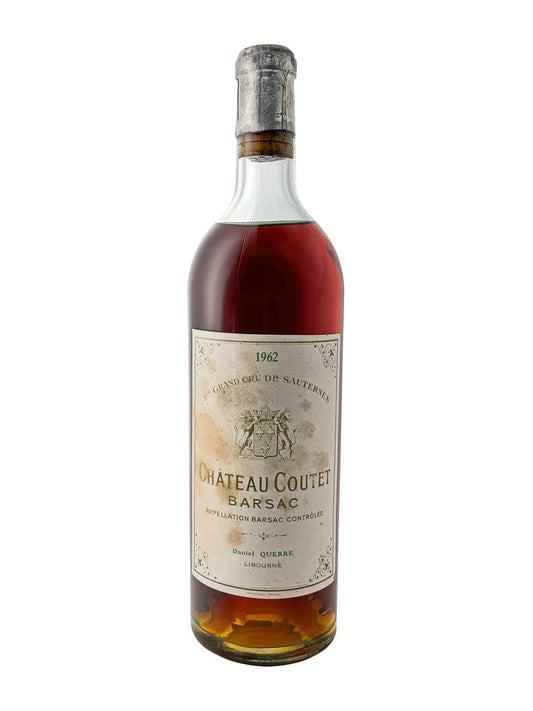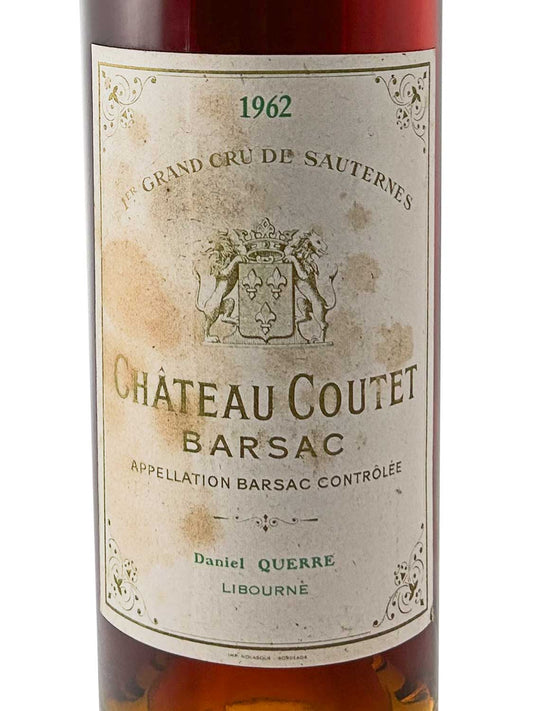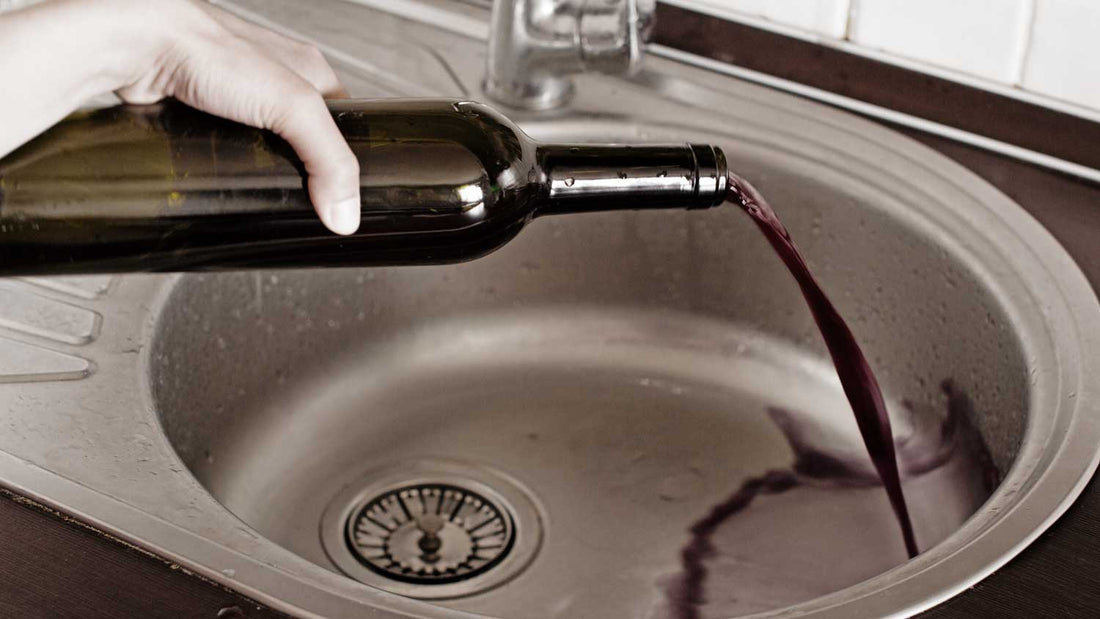
Rudy Kurniawan and the world of wine counterfeiting
A scandal that shook the wine industry
The world of wine is characterized by tradition, craftsmanship, and a deep appreciation for quality. But behind this glamorous facade lies a dark side: wine counterfeiting. One of the most prominent figures in this scandal is Rudy Kurniawan, an Indonesian wine connoisseur who caused a stir in the late 2000s. His case not only rocked the wine world but also raised awareness of the dangers of counterfeiting.
Read also: Wine counterfeiting – the dark side of a wine collection
Who is Rudy Kurniawan?
Rudy Kurniawan was born in Indonesia in 1976 and moved to the United States in the early 1990s. He quickly developed a passion for wine and soon became a prominent wine collector and dealer. Kurniawan was known for his extravagant wine parties, where he served rare and expensive wines. His ability to present exquisite wines made him popular in the wine community.
But behind this facade lay a dark secret: Kurniawan was a master wine counterfeiter. He began producing fake bottles of rare wines and selling them as genuine. His fraud spanned several years and involved some of the most expensive and sought-after wines in the world.
The art of forgery

Kurniawan's method of counterfeiting wine was both sophisticated and unscrupulous. He used various techniques to create fake bottles, including counterfeiting labels, refilling empty bottles with inferior wine, and tampering with vintages. Many of his counterfeit wines came from prestigious French regions such as Bordeaux and Burgundy.
A notable aspect of his counterfeits was the use of old bottle labels. Kurniawan collected empty bottles of rare wines and filled them with cheap wine from other sources. By attaching fake labels, he was able to create the impression that they were from high-quality vintages.
The rise and fall
Kurniawan's fraud didn't go undetected for long. In 2012, he was arrested after several buyers reported suspicious bottles. The investigation revealed that he had earned over $100 million from the sale of counterfeit wines. His victims included some of the industry's most prominent collectors and wine merchants.
Kurniawan's trial was spectacular and attracted considerable attention. Numerous witnesses were called during the trial, including wine tasting and evaluation experts, other wine collectors, and winery representatives. The evidence against him was overwhelming: Experts were able to prove that many of his alleged "vintages" had never existed or had been produced under completely different conditions.
In 2014, Kurniawan was finally convicted of fraud and sentenced to ten years in prison. His case is considered one of the biggest scandals in the history of the wine market.

Examples of how Kurniawan was exposed
Eight magnum bottles of Château Lafleur's 1947 vintage were offered at auction. However, only five magnum bottles of this vintage were actually produced.
Six magnum bottles of Château le Pin, vintage 1982, were offered at Christie's at auction and even featured on the auction catalog cover. Representatives of the winery themselves saw these photos and contacted the auction house to report the wine bottles as counterfeits.
Several bottles of Domaine Ponsot's Grand Cru "Clos Saint-Denis" from the 1945 to 1971 vintages were offered. However, the winery had not produced any of these Grand Crus before 1982.
Six bottles of Domaine Georges Roumier "Bonnes Mares" from the 1923 vintage were sold. However, the winery claims to have produced no wines before 1924.
Other proven counterfeits were:
- Château Mouton-Rothschild 1945 (Jeroboam bottle, 3 liters)
- Château Pétrus 1947
- Comte de Georges de Vogüé 1945 (Musigny “Vieilles Vignes”)
- Domaine de la Romanée-Conti 1934
The damage caused runs into the millions.
Read also: 1945 Château Mouton-Rothschild – A Legend
Impact on the wine industry

The Rudy Kurniawan case had far-reaching effects on the wine industry. First, it led to increased awareness of the problem of wine counterfeiting. Collectors and dealers began to be more cautious and more thoroughly inspect their purchases.
New authentication technologies
In response to the fraud, new technologies have been developed to verify the authenticity of wines. Some companies have begun using DNA analysis to identify grape varieties or even specific terroirs. These technologies allow buyers to ensure they are purchasing genuine products.
In addition, many auction houses have tightened their wine verification procedures, employing experts to ensure the authenticity of the bottles on offer. This has helped restore confidence in the market.
Changes in purchasing behavior
The scandal has also changed the purchasing behavior of many wine collectors. Many buyers are now more cautious when investing in expensive wines and are seeking additional information about origin and authenticity before purchasing. Online platforms have also responded; many now offer detailed information about their wines and work closely with experts.
Lessons from the scandal
The Rudy Kurniawan case offers valuable lessons for everyone involved in the wine industry – from collectors to dealers:
Education is crucial: A thorough knowledge of wine can help identify counterfeits. Wine collectors should educate themselves about different regions, vintages, and producers.
Trust only trustworthy sources: When purchasing rare or expensive wines, you should turn to established dealers or auction houses.
Documentation is important: Good documentation of origin and purchase history can help in asserting claims in the event of fraud.
Use technology: Using new technologies to verify authenticity can help minimize risks.

Conclusion
Rudy Kurniawan's story is a haunting reminder of the dark side of the wine market—a world full of passion can also be clouded by greed. The scandal not only impacted the lives of many people—including Kurniawan himself—but also changed the entire ecosystem surrounding the wine trade.
The lessons from this case are clear: education, caution, and technological innovation are essential in the fight against counterfeiting in an industry as heavily reliant on trust as the wine industry. While we can continue to collect expensive wines, we should always be aware that there could be a story behind every bottle of wine; sometimes, however, a story steeped in deception.
In an age of increasing globalization, it is more important than ever to ensure that we purchase authentic wines—not only in terms of quality but also in terms of their provenance. The Rudy Kurniawan case will remain with us for a long time to come as a reminder of the challenges within this fascinating world of wine.
